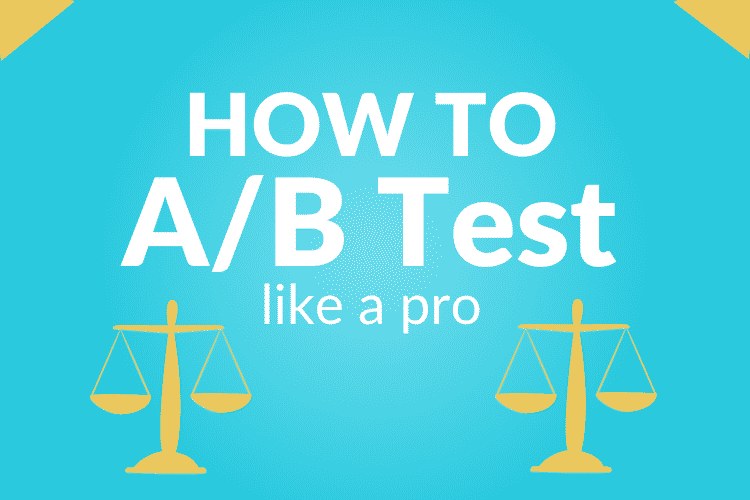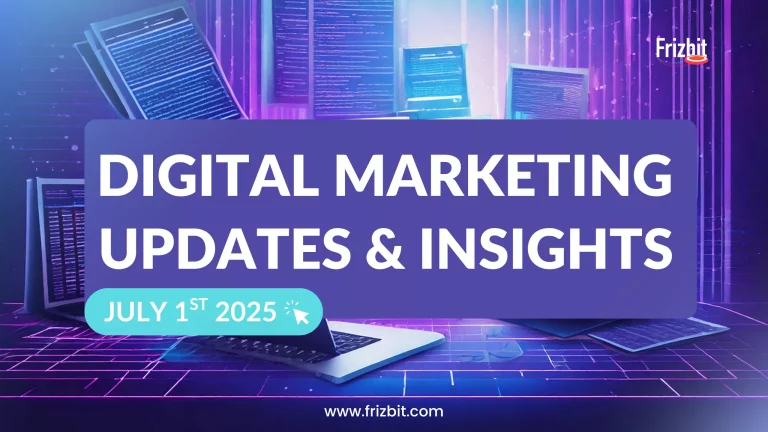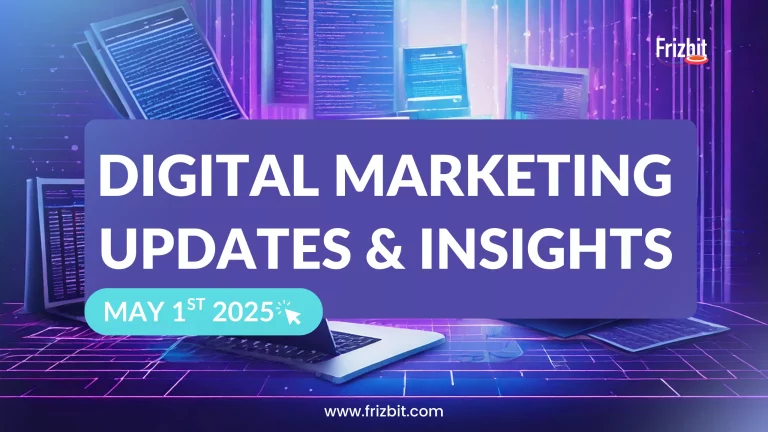A/B testing is a great method to help you determine in which direction to go with your marketing strategy. Its objective is to shade some light on what type of content resonates with your target audience in each stage of the funnel, by reducing the guesswork on what specific elements will make people want to make that click and convert.
What is A/B testing?
To conduct A/B testing campaigns, you need to run two versions of one single piece of content: the same piece with one variable changed. Then, you choose a percentage of your audience to show each version to, and analyze which of them performs better during a specific time period.
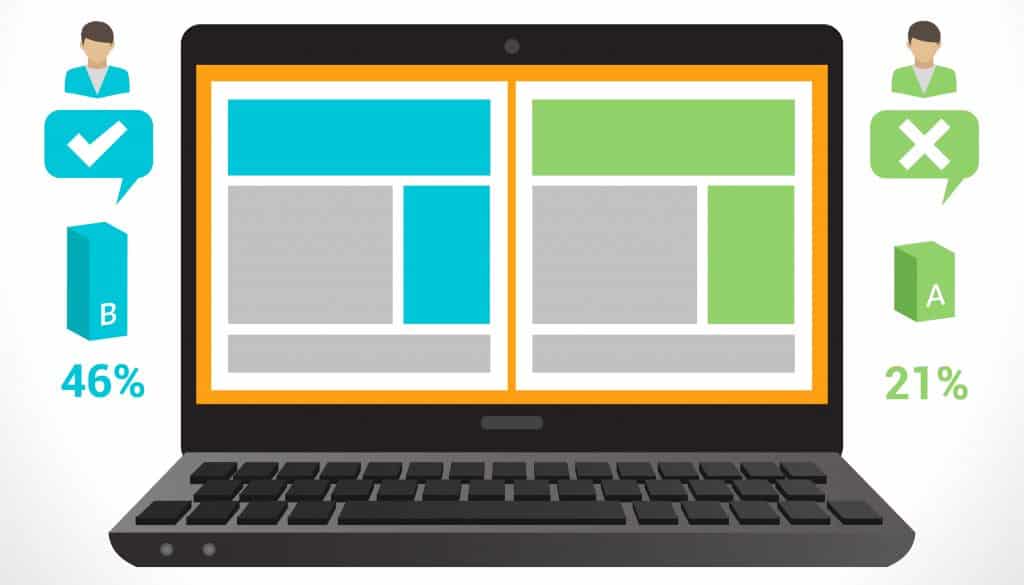
For example, let’s pretend you want to send a manual web push notification campaign alerting users about a special summer sale. You’ve done your research on how to increase click-through rates of your notifications, and you have the gut feeling that you should add emojis to your message.
Instead of going with your instinct on this, run an A/B test. Send one notification with emojis to 50% of your subscribers, and the same notification (same image, copy and CTA) to the other 50%, but without any emojis. When you analyze the results of the campaign, you’ll know if your audience interacts more with web push notifications that include emojis or not.

This information provided by the testing, will work for you to design future messages that appeal more to your audience. If you already know they click more on notifications that include emojis, you’ll translate that result to your next campaigns by always adding emojis. After that, you can test other variables, like CTA messages, tone of the communication or images.
You can perform A/B testing to every digital marketing strategy you want: website, landing pages, emails, text messages, ads and web push notifications. Trying out different images, copies and layouts with split tests will provide you with valuable insights to optimize your marketing efforts.
Conducting successful A/B testing can translate into a direct improvement of conversion rates. By identifying which elements are the most effective ones, and then combining them in one strategy, you’ll see an increase in CTRs and audience engagement.
How to conduct successful A/B testing
1. Know your audience
This is fundamental information and the most basic step to cover when planning any type of marketing strategy, including A/B testing. Before starting any type of test, you better take into consideration a minimum of basic demographic information about your audience:
- Age
- Gender
- Income range
- Profession
When you have and manage basic, but rich data like this, you can plan the A/B test more accurately. Having insights and understanding the needs of the people you’re talking to, will give you information about how to conduct the test more effectively: what goal you should measure and which variables to change and try out to get the results you’re looking for.

If you’re thinking about skipping this step because, either way, the test will give you information on what works, don’t. It might seem like gathering this information is an extra and unnecessary effort, but it’ll help you run a more precise A/B testing and even save time in the long run.
2. Define your goals
Kudos if your immediate answer to this was: increase my sales. At the end of the day that’s the main goal of all digital marketing campaigns. However, your A/B testing objective is different, even if the ultimate goal of optimizing your strategies is to increase your revenue. You have to think more detailed here: what do you want to achieve by running an A/B test?
- To get more newsletter signups?
- Turn visitors into customers?
- Increase traffic?
- To get more form submissions?
Each one of these goals would translate into a different type of A/B testing. All of the channels you use in your digital marketing mix have their own characteristics, properties and final objectives. A landing page has very different elements than an email, a web push notification or an SMS, and each of them its own variables:
- CTA
- Headline
- Copy
- Image
- Graphic elements
- Colors
- Layout
When you have a very clear vision of what you want to achieve by running an A/B test, you’ll know exactly what strategy and channel to conduct it in. Even though you can perform tests on everything you want (web, landing, email) is best if you begin by focusing your efforts on one at a time.
3. Create a hypothesis to test
By this point you have a clear view of the purpose for your A/B testing and have decided which, of all your digital marketing channels, is the best to begin with. It’s time to choose exactly which variable you want to test. Based on the previous work about your buyer persona and goals, you can now determine a hypothesis and choose the element of your communication that’s going to impact the most towards the achievement of the objectives.
To create your hypothesis, you have to identify the needs of your target audience, compare them with the objectives of your business and try to minimize the distance between both. There are reasons why your users are not converting and this is when you start to think how to resolve the issues stopping them from doing it.
For example, the problem might be that your call to action is not clear and your audience doesn’t know what’s the next step. Maybe the offer is not attractive enough, or the message is getting lost in translation due to an unclear copy.
4. Choose the element to test
When you know your audience and analyse each element on its own, you can start creating hypotheses to test, which will lead you to the selection of the element to try. The one you select to conduct the A/B testing, has its own inherent variables.
You have to break it down into tiny pieces and choose the component you’re going to change and try out. For example, if you have chosen to test your CTA, now you have to select between its parts:
- Size
- Position
- Color
- Copy
- Shape
It’s normal to run several A/B tests before making a final decision. If you contrast element A against B, after getting your first results, you can then leave A and use something else for B. This is a process that takes time and you have to be patient.
5. Document you results
If you’re running an A/B testing, your purpose is to learn what works best and apply that new knowledge towards the achievement of your business goals. The only way to get there is to document all the process and the outcomes of the trials. If you skip this part, don’t even bother on doing an A/B testing.
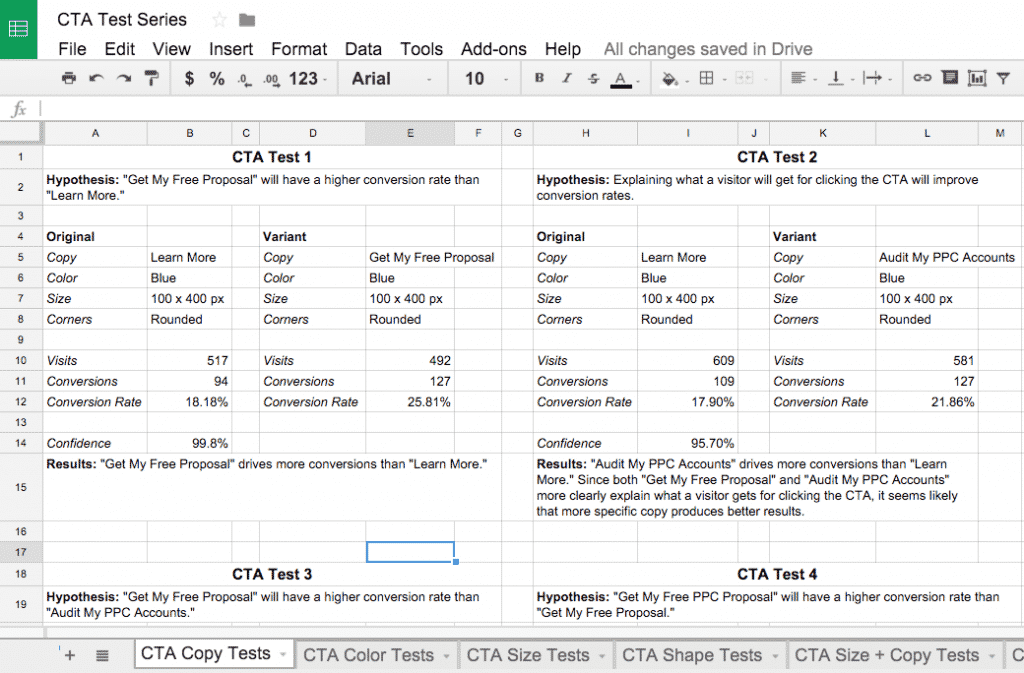
The documentation can be as simple or complex as you like. The most basic metrics you should keep track depend on what element and variables you decided to test. Keep in mind that, even if you’re testing the CTA, the results of this process might lead to insights on your entire campaign that you can later apply to your overall strategy.
If by testing the performance of the call to action, you discover that your audience prefers straightforward communication, you can use that information to create new hypotheses to run further tests on the rest of your strategy. That’s why documentation is so important.
Conclusions
It’s true that planning and running A/B tests sounds like an awful lot of work and that might be a little discouraging. You can keep relying on your marketer instincts if you want, but the truth is that the most successful marketing strategies imply a lot of investigation, testing, analysis and ongoing learning on what works best.
A/B testing is a great method to reduce the guesswork and create strategies that actually offer results and help you achieve your business goals. We’ve summed up the most important and basic aspects to keep in mind to conduct successful A/B testing and going from beginner to pro.
If you want to convey A/B tests on on-site content and landing pages, there are many free or affordable tools such as Google Optimize, Optimizely or Unbounce, for example. On the other hand, if you are looking to conduct A/B tests on communication channels, such as emails, push notifications or SMS, you’d need to use marketing automation platforms like Frizbit, which includes A/B testing capabilities embedded in their campaigns. Since it allows so much personalisation, you can test out different versions of each element of your email, web push notification or sms, segment the audience and choose exactly how to split the test.
Happy A/B Testing!
This articles might also interest you:
